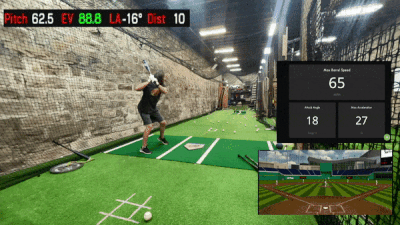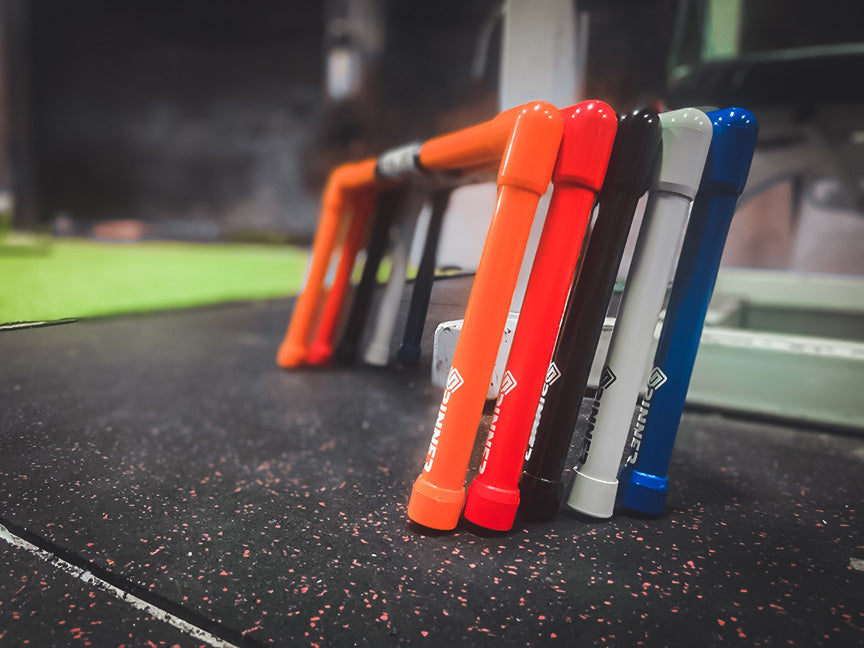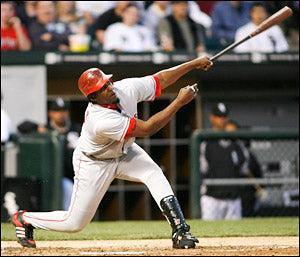Oftentimes when we look at the hitting practice that we design for hitters we see drills that lack important pieces of information (ball flight) that are relavent to development.
We act as though you can work on "the swing" detached from the relevant task of hitting and then plug the hitter into the game and they will just "figure it out"
Perception-action coupling is the process by which an individual's perceptual system gathers information from the environment and then uses that information to guide and coordinate their movements or actions.
In other words, it is the tight linkage between what we perceive and how we respond to it in order to achieve a specific goal. This concept is crucial in understanding skilled performance in various sports, including hitting a baseball.
In the context of hitting a baseball, perception-action coupling involves the batter perceiving relevant information from the environment (e.g., the pitcher's movements, the ball's trajectory, speed, and spin) and then adjusting their motor response (e.g., timing, bat angle, and swing speed) to successfully make contact with the ball.
Perception-action coupling is important to hitting a baseball for several reasons:
-
Timing: Hitting a baseball requires precise timing, as the batter must anticipate the ball's trajectory and time their swing correctly to make contact. Perception-action coupling enables the batter to process and interpret visual cues from the environment and adjust their timing accordingly.
-
Adaptation: Batters face a variety of pitches, speeds, and movement patterns from different pitchers. Perception-action coupling allows the batter to quickly adapt their motor response based on the specific characteristics of each pitch, improving their chances of making contact.
-
Coordination: Hitting a baseball involves the coordinated movement of various body parts (e.g., arms, legs, and torso). Perception-action coupling helps the batter to coordinate these movements effectively in response to the incoming pitch, optimizing their swing mechanics for better contact and power.
-
Decision-making: Batters need to decide whether to swing at a pitch or let it go based on its perceived location and trajectory. Perception-action coupling is critical for making these split-second decisions, as the batter must rapidly process visual information and generate an appropriate motor response.
-
Skill acquisition and learning: An understanding of perception-action coupling can inform training and coaching methods for improving a batter's hitting skills. By emphasizing the development of perceptual and motor abilities in tandem, coaches can help players become more adept at recognizing and responding to various pitch types and situations.
In summary, perception-action coupling is a critical component of hitting a baseball, as it underlies the batter's ability to process visual information, make decisions, adapt to various pitch types, and coordinate their movements for optimal contact and power.








